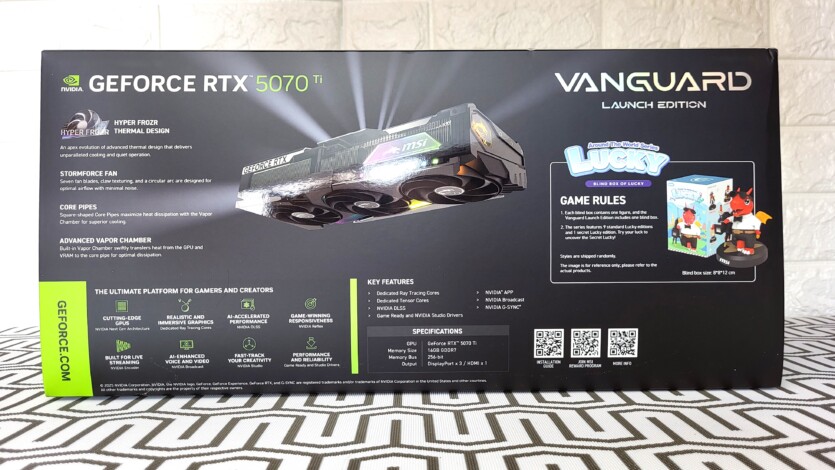

RTX, an abbreviation for Ray Tracing Texel eXtreme, includes Quadro and Tesla alternatives, complicating the selection process for gamers and those in need of datacenter solutions. Thus, by relegating the Titan to the background, Nvidia successfully streamlined its product offerings, allowing each brand to have a clearer intent.
The last entry in the Titan series was the RTX version, launched in 2018. When comparing this GPU with the GeForce RTX 3090 from 2022, several resemblances become apparent, particularly regarding VRAM capacity and Thermal Design Power (TDP).
With only a minor distinction in power output (the Titan RTX topped out at 280 watts, while the 3090 reaches 350 watts), and considering that both GPUs support up to 24GB of VRAM, the RTX and 3090 both offered premium gaming performance akin to the prosumer power typically found in workstation GPUs.
When the RTX 4090 became available in 2022, Nvidia had effectively merged the categories of consumer graphics cards and professional computing beasts. Currently, the RTX 4090 and 5090 serve as the new benchmark for